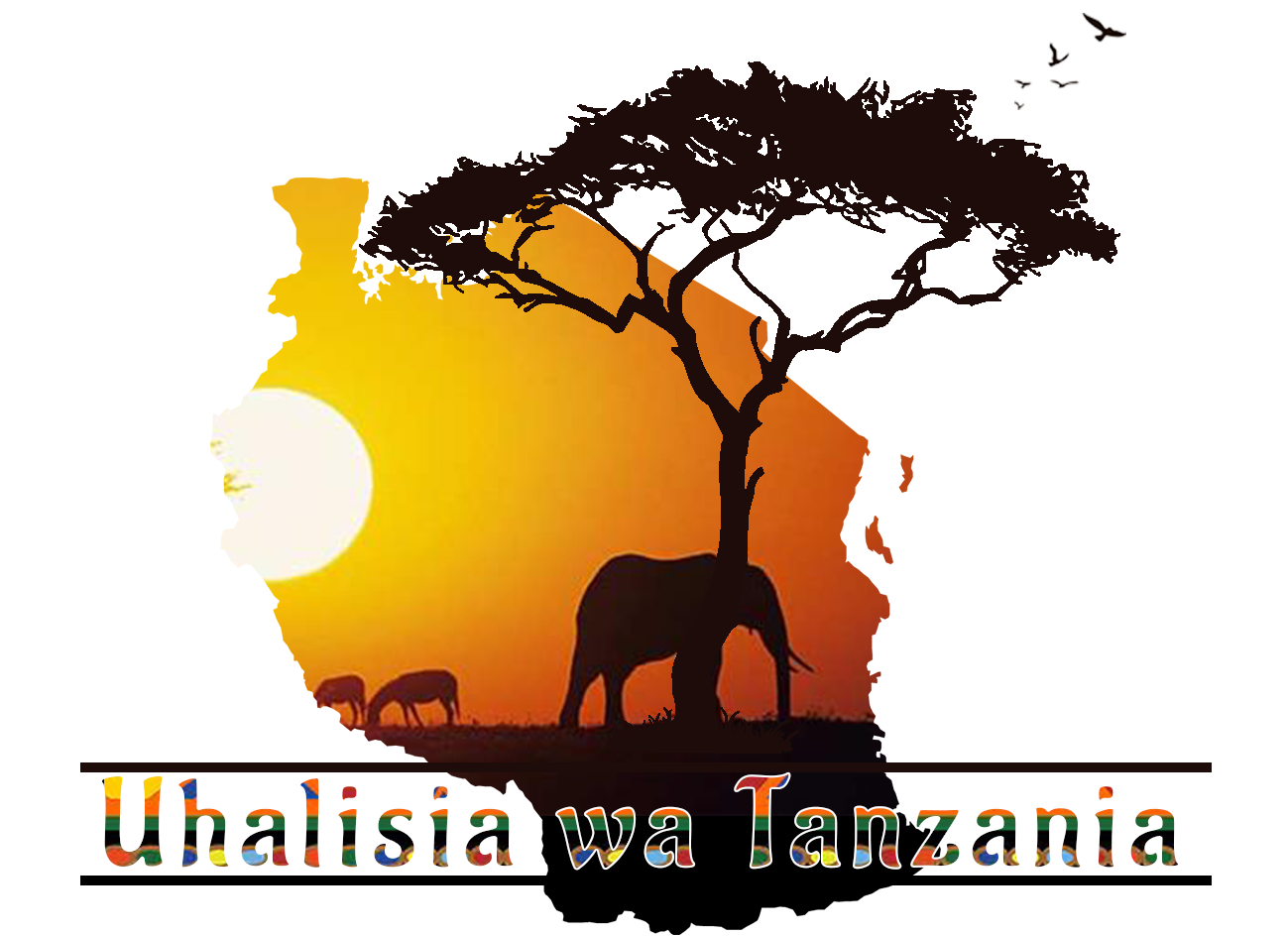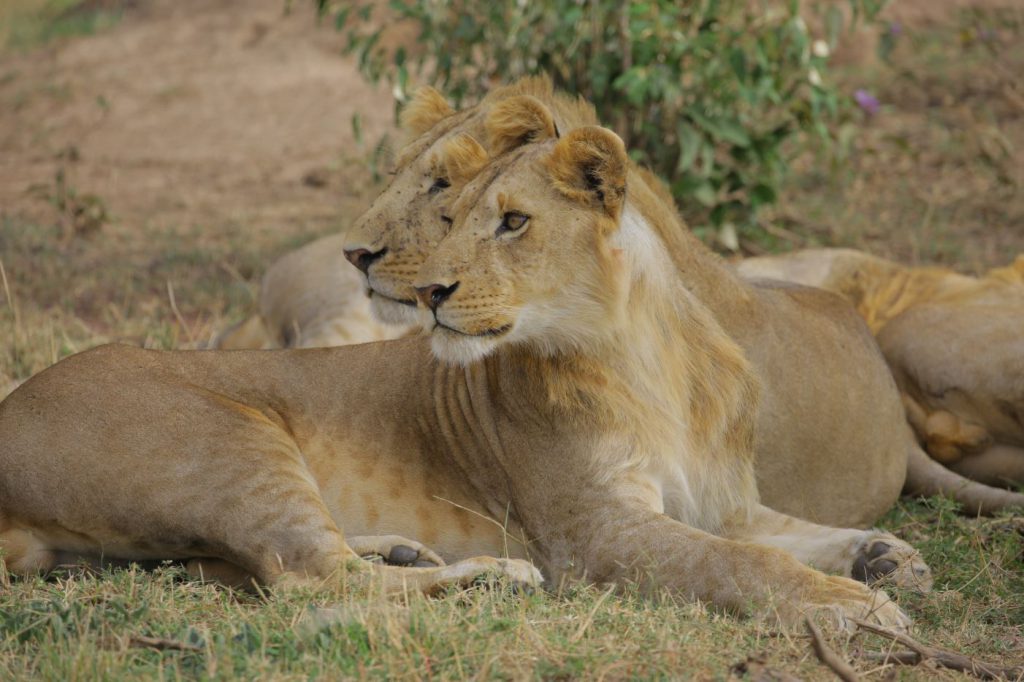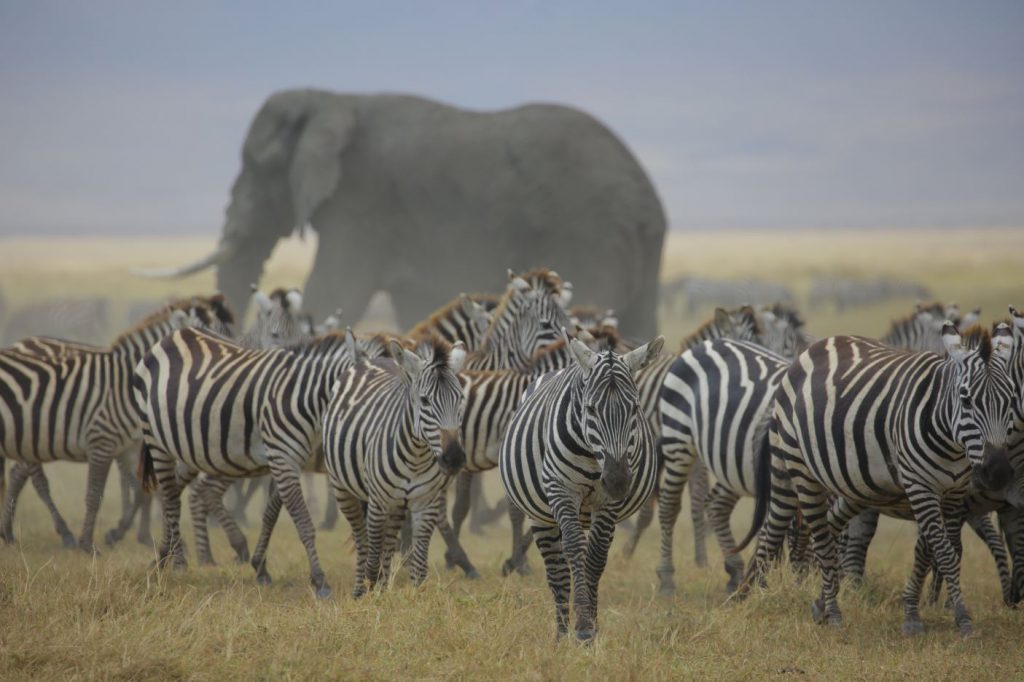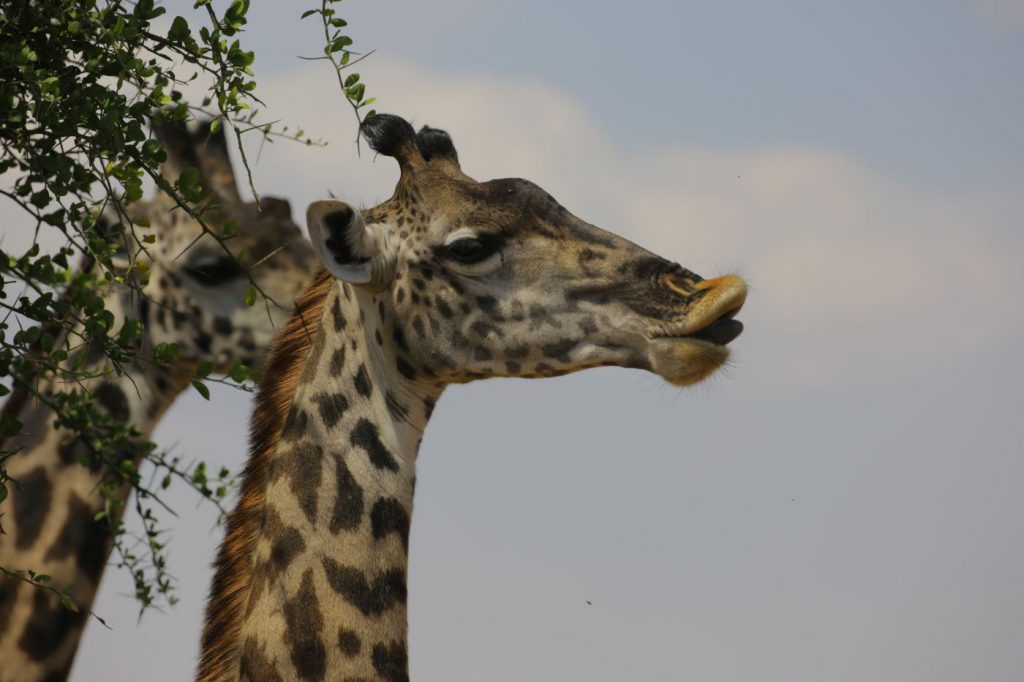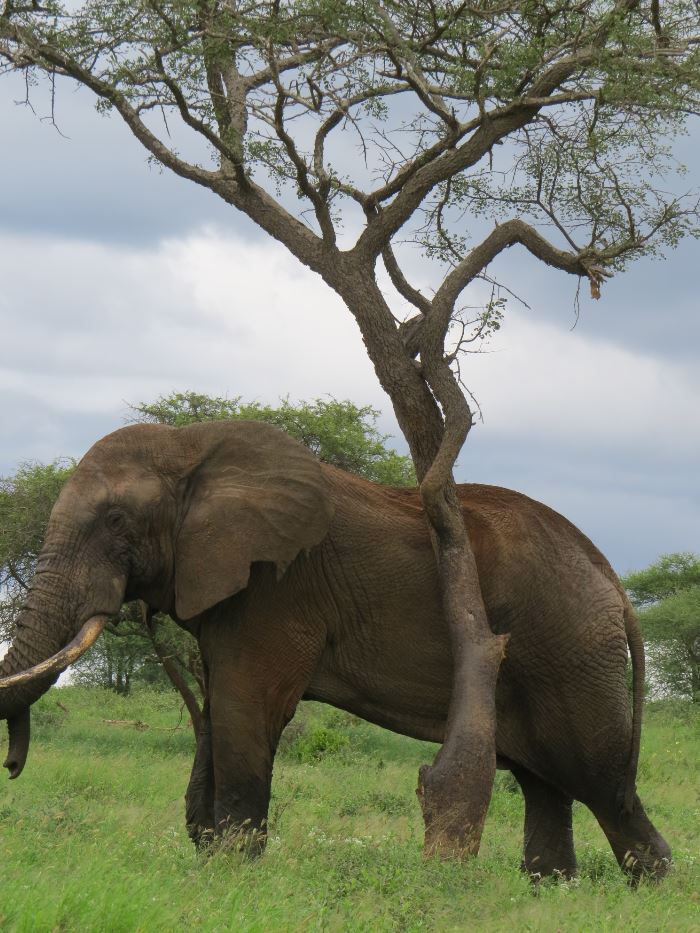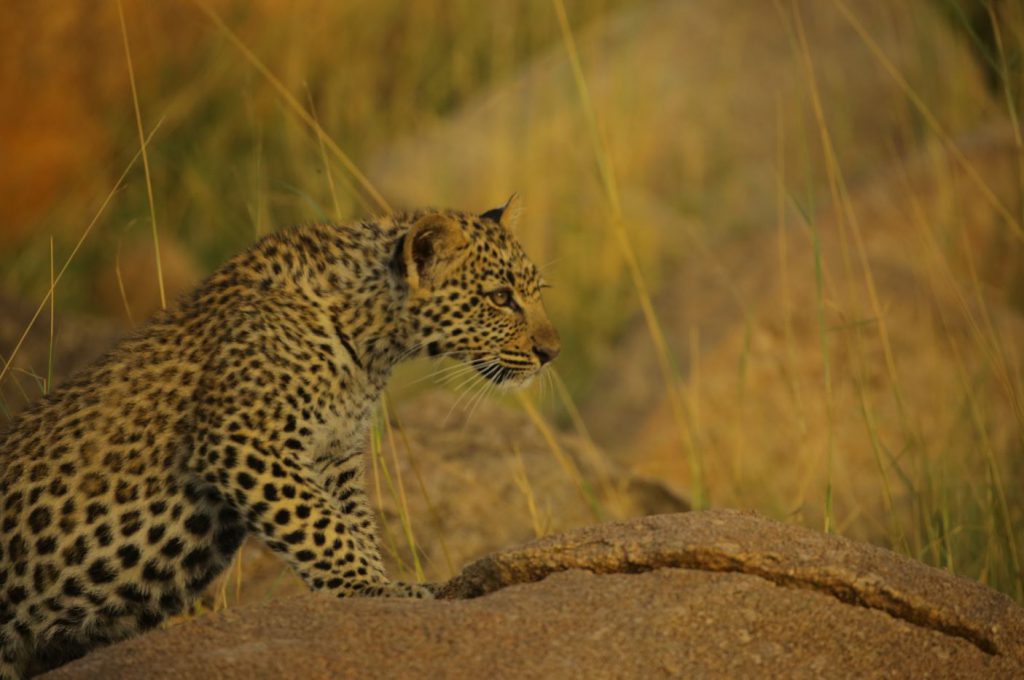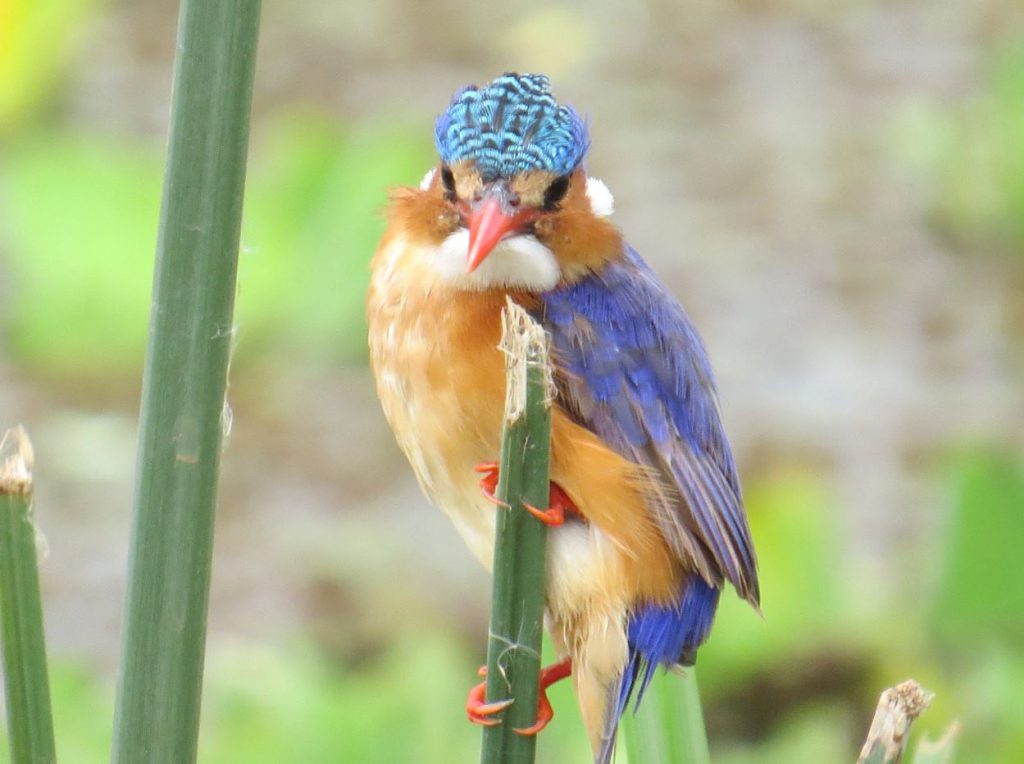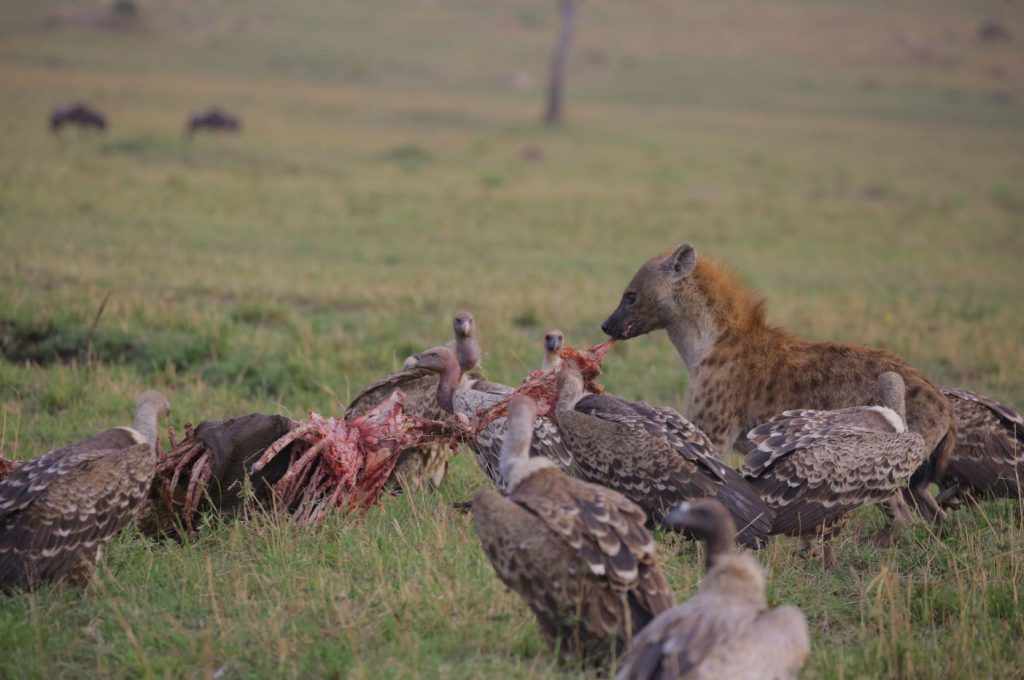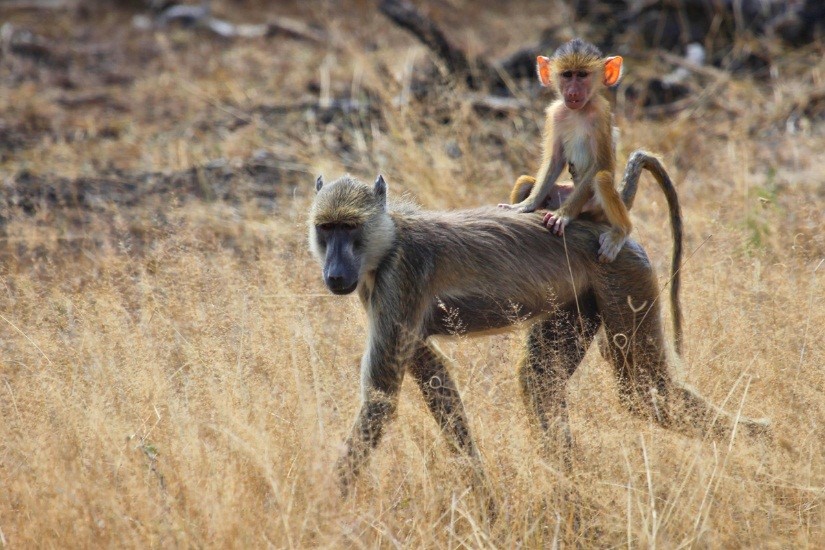Serengeti National Park
Get to explore the amazing adventure of it’s own kind the beauty and wonders of Serengeti National Park.
Facts about Serengeti
Extended place
'Serengeti' Comes From The Maasai Language And Means An 'Extended Place'
Wildbeest
2 Million Wildebeest, Half A Million Thomson's Gazelle Greatest Concentration Of Plains Game In Africa.
Get to know Serengeti in Detailed
The name ‘Serengeti’ comes from the Maasai language and means an ‘extended place’. The National Park alone covers an area of 13 000 sq km. The Serengeti ecosystem, which includes the Ngorongoro Conservation Area, the Grumeti Reserve, the Maswa Game Reserve, the Masai Mara Game reserve (in Kenya) and numerous concession areas, is roughly the size of Sicily. It lies between the shores of Lake Victoria in the west, Lake Eyasi in the south, and the Great Rift Valley to the east.
Serengeti National Park is one of the best-known wildlife sanctuaries in the world, and Symbolism the classic African safari. With more than 2 million wildebeest, half a million Thomson’s gazelle, and a quarter of a million zebra, it has the greatest concentration of plains game in Africa.
The Serengeti is also synonymous with the wildebeest and zebra migration that encompasses a vast area of both the Serengeti and the Neighboring Masai Mara National Park.
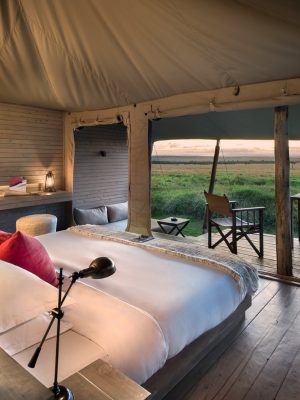
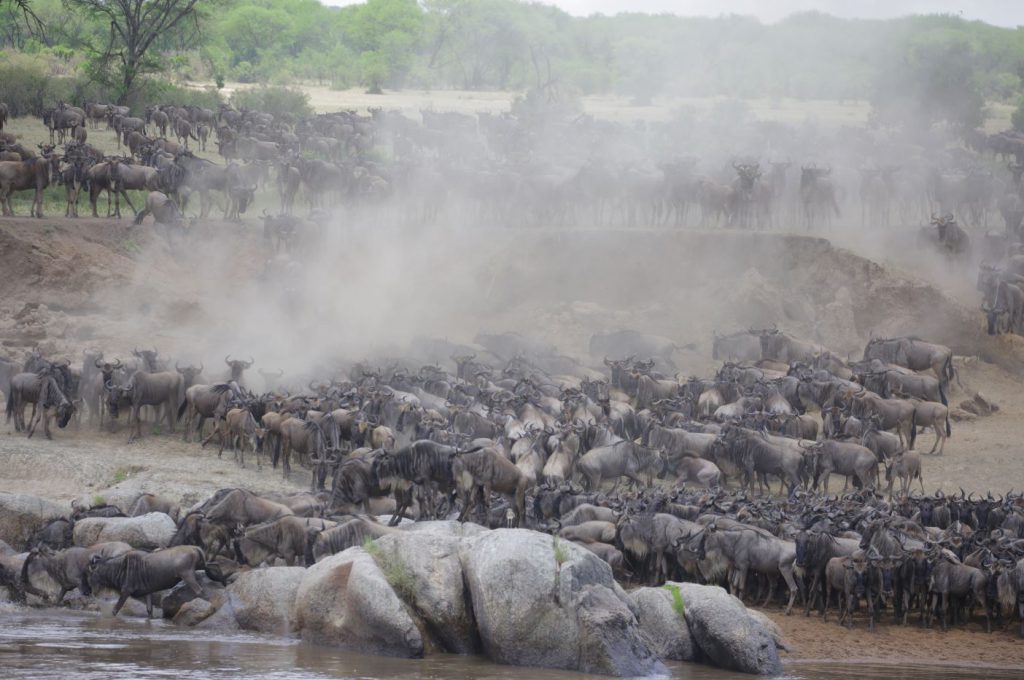
The Great Serengeti Migration.
There is no single ‘migration season’ as the Great Serengeti Migration Safari is, in fact, an eternal annual cycle from place to place, year in and year out. However, depending on either the aspect of the Great Migration you want to witness (such as river crossings) or the time of year that you would like to travel, your safari can be tailored to give you the best chance of seeing what you desire.
Whether the great herds are calving in the south or on the move north in search of greener pastures – and then back again – So, there is a huge variety of astounding scenes unfolding before you.
Serengeti Season...
In January and February (THE CALVING SEASON) the great herds are ensconced on the nutritious short-grass plains in the south and southeast of the ecosystem with their newly born more than 500,000 calves. The zebra and gazelle do not have a pronounced birth spike like the wildebeest and their birthing period is more spread out between the months of December and April.
In March and April, at the height of the green or emerald season, the great herds typically start to come together with their young calves usually in the vicinity of Naabi Hills on the southern plains where they reach their highest densities.
- In April or May, the northward migration begins (this is called the Moru Crush when the migration exits the plains through a narrow valley at Moru Kopjes) with the wildebeest rut then taking place around May in the Seronera region of the central Serengeti.
- May or June sees the first of the iconic river crossings when the herds make their way across the Grumeti River in the western Serengeti.
- July to October sees the herds enter the far north of the ecosystem as they cross the Mara River in the northern Serengeti in what many safari stalwarts consider to be the holy grail of safari sightings. It certainly is a sight to behold: thousands of wildebeest plunging into crocodile-infested waters driven forward by instinct and an irresistible urge to access fresh grazing on the other side.
- From October to November, the herds turn and move southward and into the central Serengeti once more. This is probably the most unpredictable time with huge columns of wildebeest veering off – often back into the western corridor – depending on wherever the first showers have fallen and fresh green grass is emerging.
Serengeti Nation park
Be Inspired
Some or the most common Animals that you can possibly see them during the Safari Tour.
Request a free quote today.
+255 784 590 722
Info@uhalisiawatanzania.com
Our team is always ready to serve and give you a hand of help don’t hesitate to contact us at any time.
© 2021 Uhalisia wa Tanzania. All rights reserved
